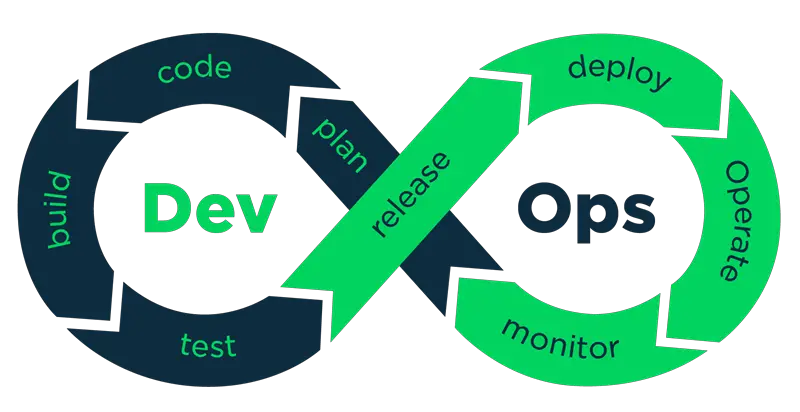DevOps is a software development model where operations, development, and quality analysis merge during a product lifecycle right from planning and design to implementation support. This reduces the knowledge gap between development and infrastructure, which is the primary reason for its popularity. Also, the infrastructure team no longer needs to manage the hardware and can focus on better application delivery performance.

Automation in DevOps
Automation is a key component of the DevOps framework. It employs lean methodologies that reduce manual processes and allows for quick updates and production. Here’s how DevOps automation can be useful for an organization.
Continuous testing
Continuous testing is a critical part of DevOps, and managing and executing such testing is possible through automation. Continuous testing is executed on a regular basis in the SIDC pipeline. This requires DevOps and QA teams to trigger automated communication between teams and systems for tracking prediction issues and triggering tests.
Monitoring DevOps
With automation tools, the DevOps teams can get real-time consolidated reports on how well the processes are functioning. Users can get reports on: the frequency of deployment for any changes requested, how many times changes failed, lead time required for the change, calculating the time between the submission of the request and the time when the request was executed, and more such reports.
Code development
Automated source control enables developers to stay at the top of the SIDC pipeline. In large, complex software projects, triggering defined changes to the build and process activities helps save time and reduce development time.
Triggering productivity
An automated infrastructure helps increase productivity. It allows for faster time to market by providing easy communication and faster deployment of products to markets; it automates workflows, which reduces the delivery process; it enables continuous delivery by delivering fixes on-demand. With automation processes like these, teams can focus more on creating quality products and without wasting time on back end processes.
Visibility
By automating issue tracking and traceability, the DevOps teams can implement quick fixes for existing issues and their impact on ongoing projects. When done manually, it could take a long time to identify and process an issue, which could result in delays to the entire process. A tight feedback loop between Dev, Ops, and QA can help eliminate silos between the teams.
Facilitating CI/CD
With continuous integration, developers can ensure that the correct builds, tests, and code changes are delivered to target environments on time. DevOps can execute code changes and regular software updates to the market.
How much automation is needed?
While the DevOps structure is built on automation, employing too much or too little of it could end up hurting your company more than it can benefit. Standardization of processes is the root of an automation framework, so depending on the size of your company, you need to establish how many processes can be standardized. Below are some tips for automation and deploying DevOps.
Strike a balance
First, understand what processes are used in automation and which of those manual processes can be made standard. Once you have a manual process standardized, try employing automation to it. Doing this to individual processes will help you understand how much automation is possible within your company. With so many automation tools available, picking the right one for your company can be tricky. Using trial and error is the best way to find the tools that suit your needs best.
Break down processes
In the meta-development stage, break down all your processes to sub-processes. These sub-processes will be your base for automation. Here, you can also determine which processes can be fixed and kept, and which should be eliminated. Once you’ve determined that, you can start implementing technology to the processes that are fixed.
Don’t shy away from automation
Just because you see a few examples of over-automation doesn’t mean you should be reluctant to try automation in your own company. Many large IT corporations, such as Facebook and Netflix, have tried DevOps automation and it has proved successful for them. The trick with automation is knowing what processes in your organization can be successfully automated.
A final word
DevOps is a modern practice in the IT world. It’s based on the concept of automating standard processes and improving the workflow of production. With time and practice, integration tools can bring together siloed teams which facilitates easy communication and faster product turnaround.
[Image via: Google Images]
